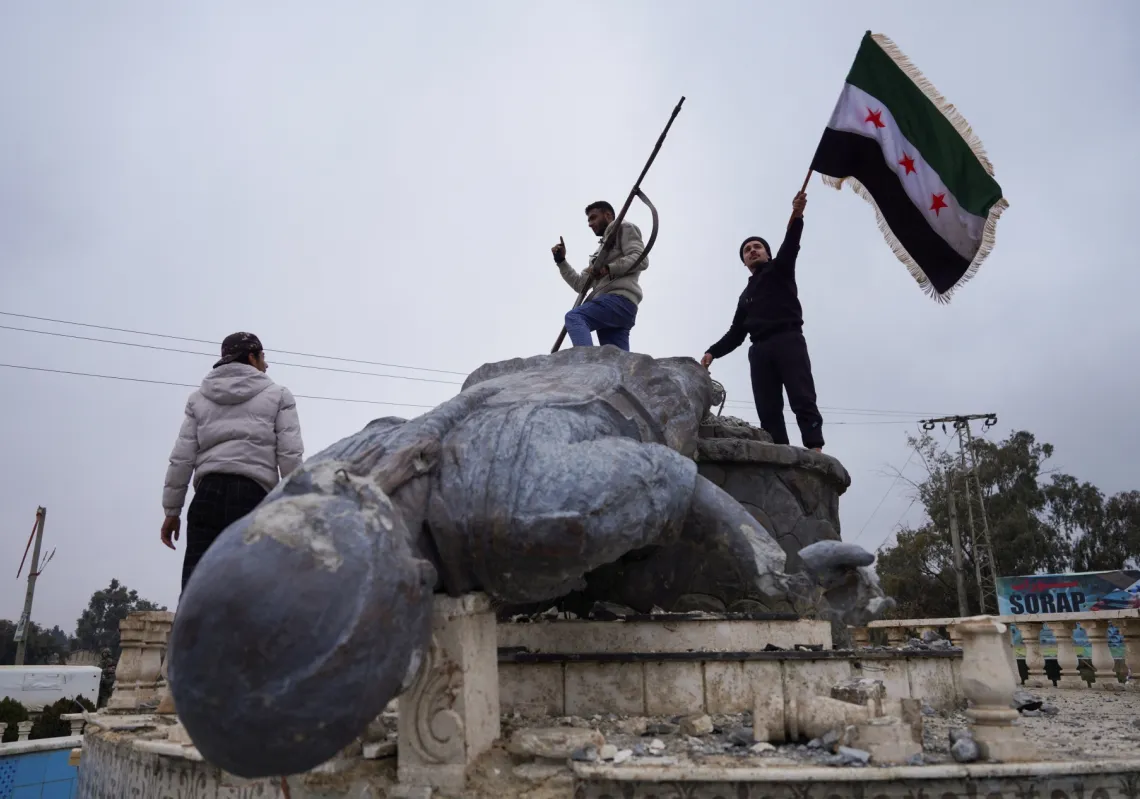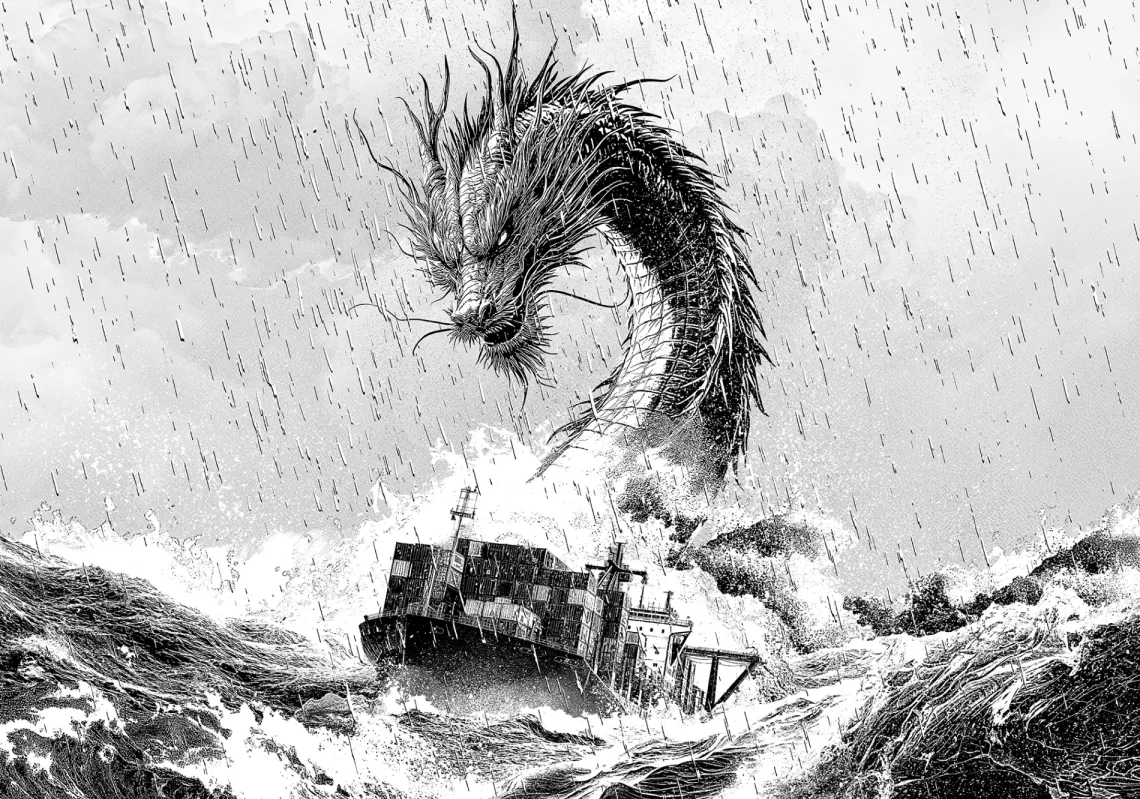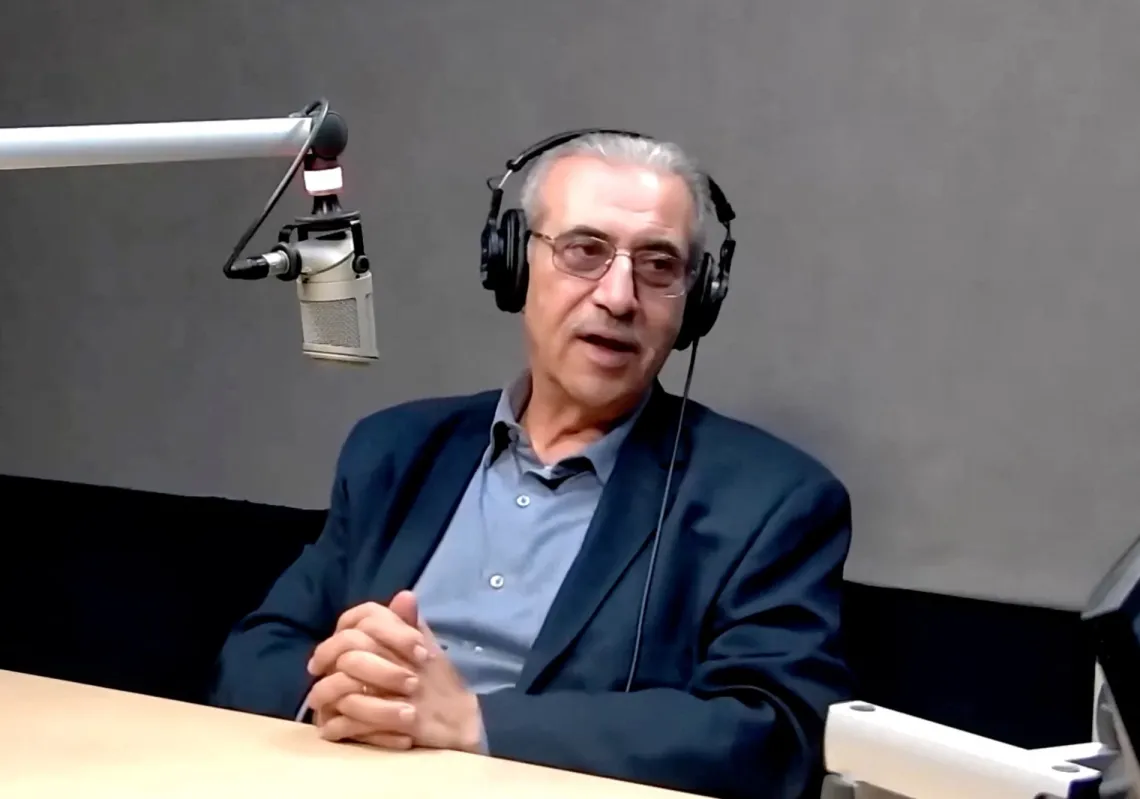The arrival of the New Year has brought with it the unprecedented risk of a broadening of the war in Gaza. From Baghdad to Beirut to the Red Sea, previously limited threats from Iranian proxy militias have escalated.
Since the Israel-Hamas war started, Washington has sought, primarily via robust naval deployments, to deter the proxies from joining the conflict. Three months into the fighting in Gaza, however, increasingly bold actions by the militias and Israel have resulted in a spike in regional tensions.
From October until January, the Biden Administration responded with great restraint in the face of militia provocations. While menacing, Iranian-backed militia in Lebanon and Iraq likewise held back.
Despite sustaining significant casualties, Hezbollah focused its barrages on northern Israel in an effort to avoid a war. Meanwhile, in Iraq, Popular Mobilisation Forces, known as the Hashd al-Shaabi, have routinely targeted US personnel, but seemingly in a manner designed to minimise American fatalities. Israel, too, calibrated its responses to unprovoked Hezbollah attacks along the Lebanese frontier, even as it continued its now customary air operations in Syria.
Read more: Amid the horrors in Gaza, the Arab world has a chance to reshape its own future
The only outlier among the proxies was the Houthis in Yemen, which launched scores of missiles and drones against Israel. It targeted dozens of container ships in international waters, interrupting global commerce.
Here, too, Washington had been relatively muted in its response. Rather than responding directly against the Houthi militia, the US opted for a defensive strategy, deploying naval assets to shoot down projectiles headed toward Israel and establishing the so-called “Prosperity Guardian” coalition of more than 20 states to secure shipping lanes.
US forbearance may have helped contain the war for a few months. In recent weeks, however, perhaps inevitably, Iraq, Lebanon, and the Red Sea have all heated up. While war is not certain, more kinetic activity in the region beyond Gaza now appears likely.
Since October, US military and diplomatic personnel in Iraq have been targeted by more than 120 attacks by the Hashd. The Iraqi government — which is coalition partners with many of these militias—unsurprisingly took no steps to protect either American diplomats or military forces, which are in Iraq as part of the international coalition against the Islamic State (IS) at the invitation of the government. Until recently, in an effort to de-escalate, the US generally retaliated against these militia in Syria rather than Iraq.

In late November and early December, after a series of attacks, though, Washington upped the ante and targeted the Hashd in the Iraqi town of Jurf-al Sakhr. Then, on 4 January, the US killed a senior commander of Harakat al Nujaba, the most active anti-US Iranian-backed Hashd militia. Since the war in Gaza started, the group has been responsible for nearly 70% of all attacks on US forces in Iraq and Syria.
The targeted killing of this militia official in the heart of Baghdad was the most assertive US action in Iraq since the 2020 killing of Iranian Revolutionary Guard commander Qassem Soleimani. Harakat al Nujaba has vowed revenge.
The status quo medium-intensity conflict along the Israel-Lebanon could soon escalate as well. In the aftermath of Hamas’ October 7 attack, Israeli officials publicly vowed to “hunt down” every member of the group responsible for that assault. Three months into the war in Gaza, the Israeli Defense Forces still hadn’t succeeded in capturing or killing any of Hamas's top leaders.
On 2 January, however, Israel assassinated Hamas deputy leader Saleh al-Arouri. The killing, carried out by a drone strike in Beirut, crossed a red line articulated by the organisation’s leader Hassan Nasrallah, i.e., the targeting of “resistance” leaders in Lebanon.
No doubt, the assassination, which occurred while Arouri was under Hezbollah’s protection in Dahiya — an area closely controlled by the organisation — was also an embarrassment for Nasrallah.
In a speech on 3 January, the group’s secretary general described the operation as “a dangerous crime.” While Nasrallah indicated that the Israeli strike wouldn’t necessarily change Hezbollah’s approach and result in a full-out war, he did promise a response. The nature of that response could potentially represent another wrung up the escalatory ladder.
Read more: No shared endgame for Gaza in sight
Adding insult to injury, a day later, on 3 January, Israeli strikes killed nine Hezbollahis in south Lebanon. Among the casualties was a local commander of Naqoura, who was hit at the organisation’s district headquarters.
Finally, and perhaps of most concern, are developments in the Red Sea, where Houthi harassment of shipping is hurting the global economy. To date, the Houthis have attacked 25 container ships in the Red Sea, prompting 18 shipping companies to re-route around the Cape of Good Hope.

In addition to dramatically driving up shipping container rates, slowing their delivery, and blocking shipping intended for Israel’s southern port of Eilat—which has seen an 85% drop in activity—in recent days, the disruption has resulted in a 28% reduction in Suez Canal revenues for Egypt, a US ally already facing a severe economic crisis.
The Biden Administration’s building of a maritime security coalition and its repeated downing of drones and missiles has not dissuaded the Houthis from their activities. Frustrated with Houthi persistence, on December 31, US naval forces sunk three Houthi ships and killed ten militiamen as they were attempting to board and abduct a Singapore-flagged container vessel.
A few days later, on 3 January, the US and twelve other countries issued a written ultimatum to the Houthis, which stated: “The Houthis will bear the responsibility of the consequences should they continue to threaten lives, the global economy, and free flow of commerce in the region’s critical waterways.” Unfazed, the Houthis continue. On 4 January, it was reported that a Houthi drone boat loaded with explosives detonated in the Red Sea.












